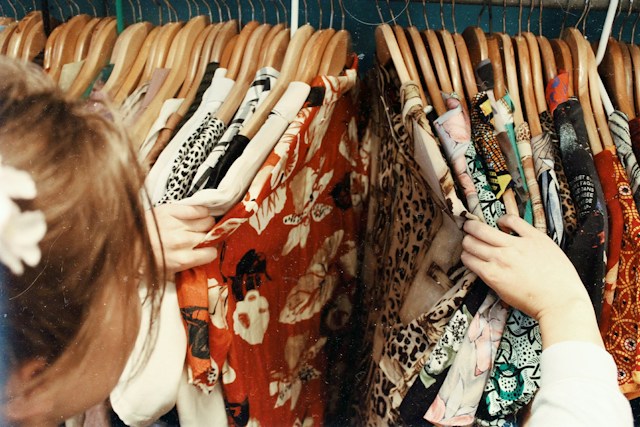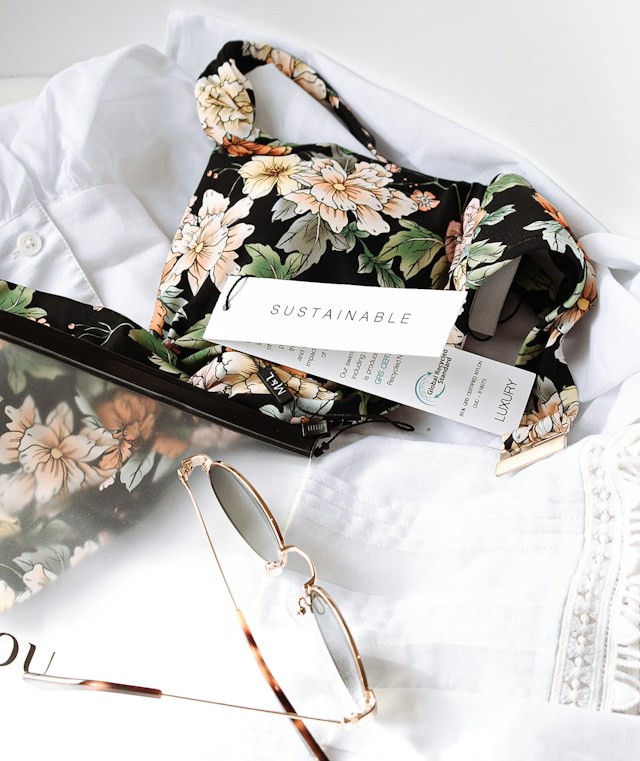Let’s be completely honest: There’s no such thing as sustainable fashion. The idea of sustainability and the nature of the fashion industry are inherently at odds with each other. According to McKinsey’s August 2020 Fashion on Climate report, the fashion industry alone contributed a staggering 2.1 billion metric tons in global greenhouse gas emissions, in 2018. That’s more carbon footprint than all the flights and all the ships in the world put together! And this number is not coming down anytime soon. Add to that unethical labour practices, all outsourced to developing countries like ours, and we’re sitting on a ticking bomb.

Ever since the Industrial Revolution, the fashion industry has made its profits off its stupendous production scales, whether by way of multiple collections across the year or by way of mass producing clothes typified by a low cost of production, and therefore affordable prices.
On the one hand, the industry is encouraging consumerism through building aspirations and, on the other, it is making those aspirations more accessible. People want to wear brands that they see more of as well as those that give them a better bang for their buck, often picking quantity over quality. In 2017, Euromonitor International reported 6 billion apparel units were sold in India, third in line only to China and the US. Five apparel units per person may not seem like much, but when you juxtapose it against the per capita income and the spending power of the average Indian, you get quite another story. And this story is what poses the biggest challenge for sustainability.
So, is there a solution?

Here’s a round-up of a few things we can do, to make our wardrobes more sustainable.
Wear our clothes more often. According to some estimates, a piece of clothing needs to be worn at least 30 times to offset the carbon from its production. So the more wear you get out of a garment, the more sustainable your garment becomes.
Wash our clothes less often. They really don’t need to be washed after every single wear. If you haven’t been sweating into them, hanging them to sun for an hour or two will kill any bacteria there may be.
Swap clothing. Tired of that cardigan you’ve worn a million times? Swap it with a friend. You both get something new, and it keeps things exciting. Make it more fun by organising a swap party!

Buy secondhand. The secondhand market is booming, and you can land yourself some amazing deals. But it’s especially important to consider secondhand for your kids. Dressing up a kid can really burn a hole in your pocket. And in the ozone. Since children outgrow their clothing very quickly, more often than not, things are in great shape to be passed on to another child.
Upcycle. Not just for dusting cloths. Old saris make excellent curtains. Denim scraps can add spunk to worn out accessories. Old T-shirts make excellent headgear.
Compost. Cut up old t-shirts and cotton/bamboo underwear that are past their shelf-life and put them in the compost. They will decompose faster and without producing the methane they would in a landfill.
Donate. If you’re done with something and it’s still in good shape, let someone else put it to better use. But make sure what you’re giving out is clean, not torn and wearable without having to be mended.

Repair. A little stitch here, a little tuck there, and it’s good as new. If you can’t do it yourself, you don’t have to—it’s employment for someone!
Recycle. If nothing else works, you can drop it off for recycling, with an enterprise like Eco Wise, Recycle Green, Recircle or Material Library of India.
Buy consciously. Before you buy something new, ask yourself: How often are you going to wear it? Do you need it, or do you want it? What materials did it use? Do you know who made your clothes? What happens when you’re done wearing it? Once you’re done asking these questions, look for a homegrown brand that’s making what you’re looking for, consciously.
For more insights, subscribe to our newsletter and drop us a follow on Instagram.






